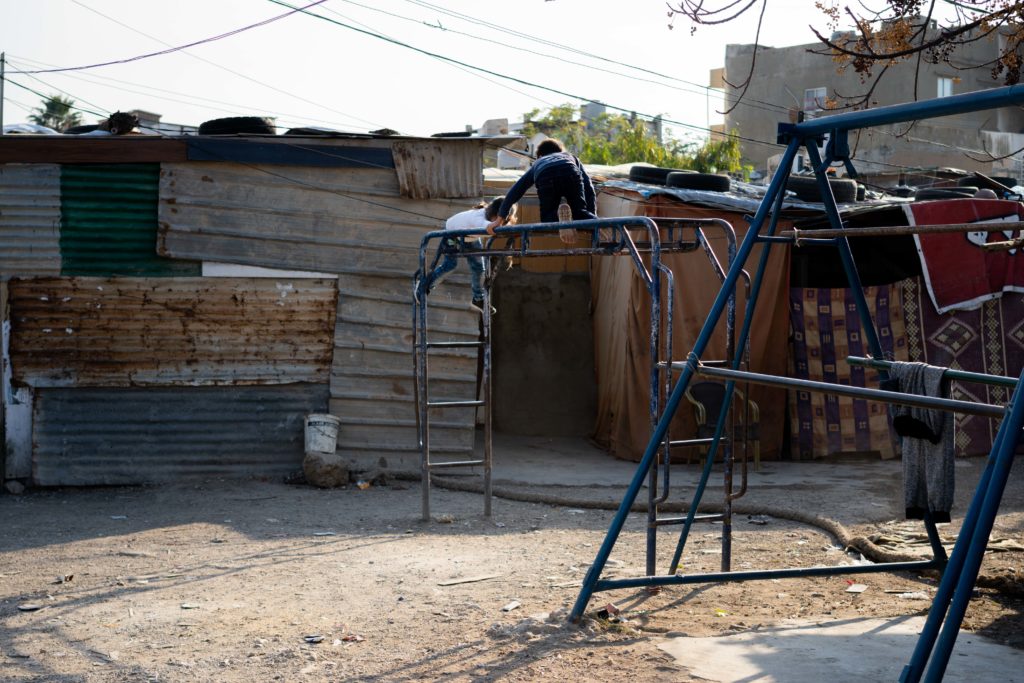
Key points
In-depth knowledge of the local context and needs enables practitioners to develop context-appropriate interventions.
Children can participate in research.
Existing research, practices and interventions carried out by local stakeholders provide valuable learning.
Comprehensive research into the local context and needs should involve children, residents, partners, and other local stakeholders. The research aims to deepen the understanding of local stakeholders, populations, diversity, social networks, socio-cultural practices, residents’ livelihoods, infrastructure and services, local governance structures, power relations and space uses. The extent of this research will depend on how much information has already been collected during the start-up phase and the amount already held by partners.
The context analysis should focus on understanding children’s daily lives in the local urban context, and the dimensions that impact their wellbeing. To fully understand children’s wellbeing, caregivers, siblings and educators should also be included in the research. It can highlight the challenges and opportunities for the children in the urban context, and provide the basis for planning activities to design the intervention. This research may best be facilitated by members of the team with prior knowledge of the context, especially if they already know the residents and speak the participants’ language(s).

For built interventions, the context analysis should consider different spatial scales, e.g. neighbourhood, city, and country. Local issues, needs and dynamics, and the potential impact of an intervention, should be understood in relation to these scales.
The context analysis should focus on the location and objective of the project. For example, if the project aims to build a nursery for displaced urban communities, the context analysis will focus on children aged three months to four years, their caregivers, the spaces they inhabit, and how other local nurseries operate.
It may be useful to look at literature and documents from other contexts to gain more clarity on what needs to be researched and understood, and how processes work elsewhere. For example, there may be insufficient information on the situation of children’s rights in the country where the intervention is planned. The context analysis may also help to narrow and further define the intervention site, objectives and users.



